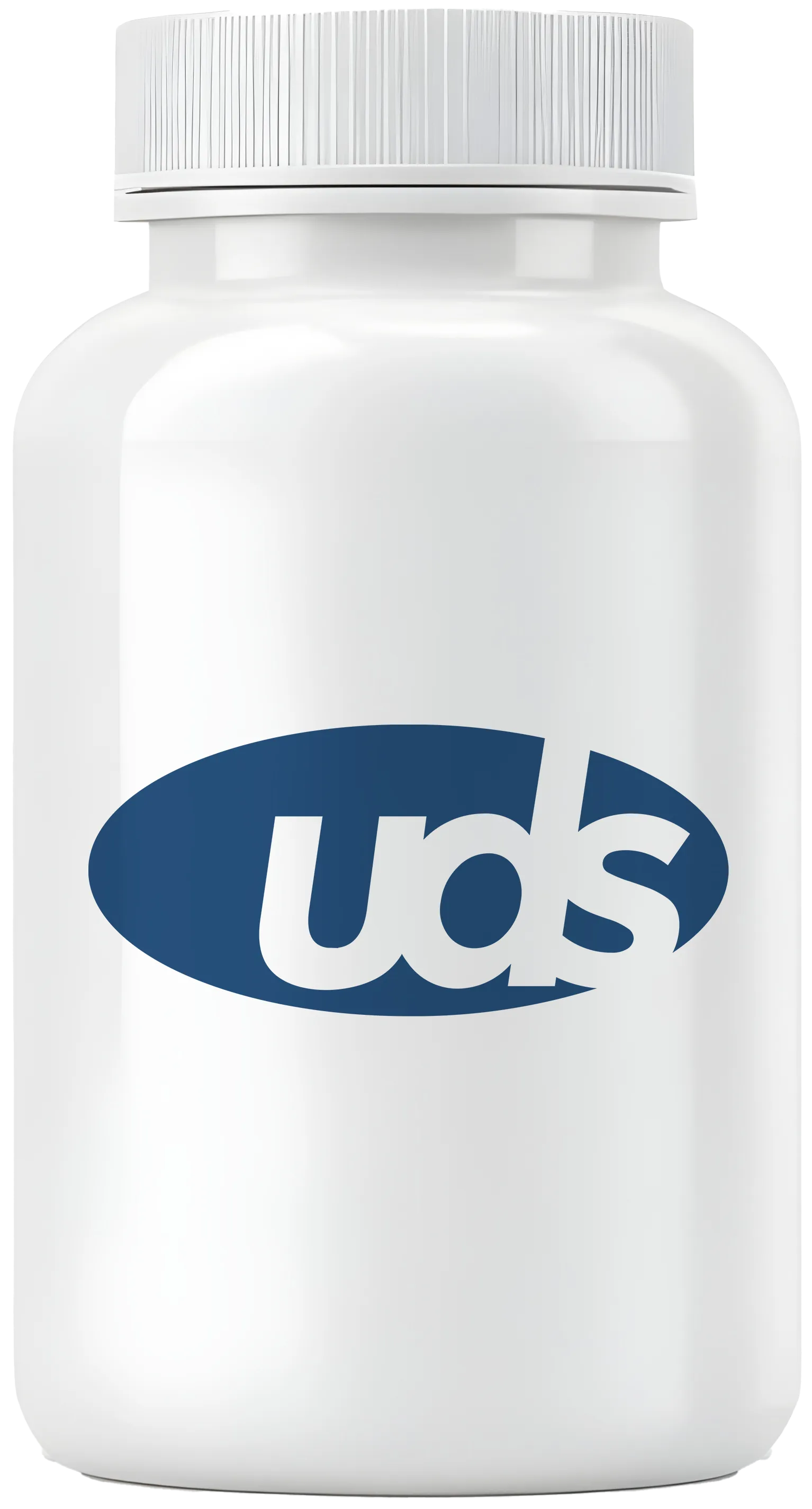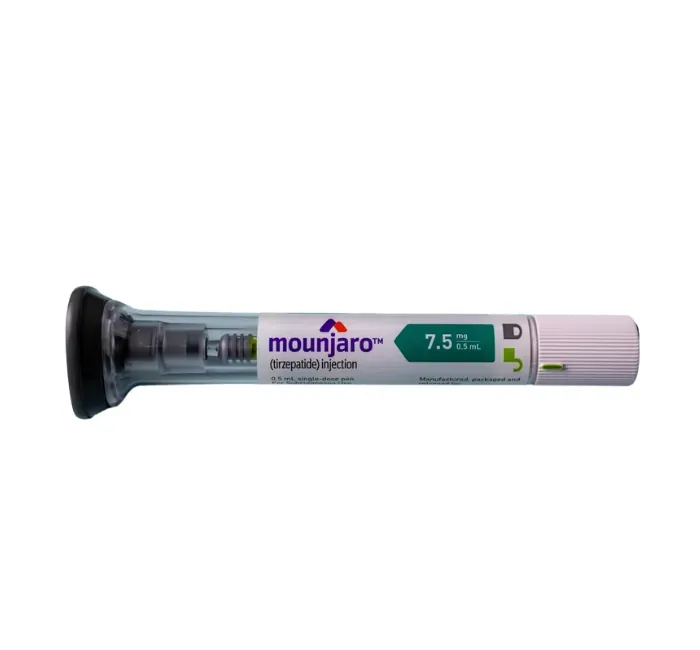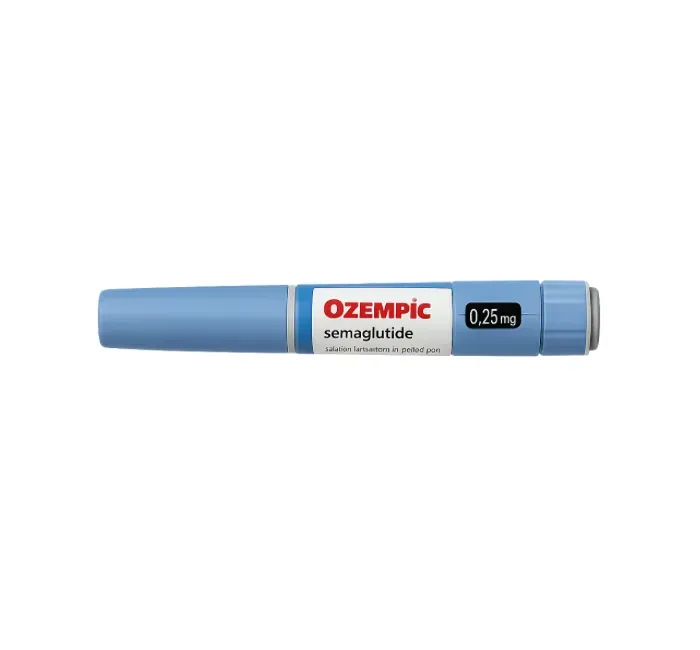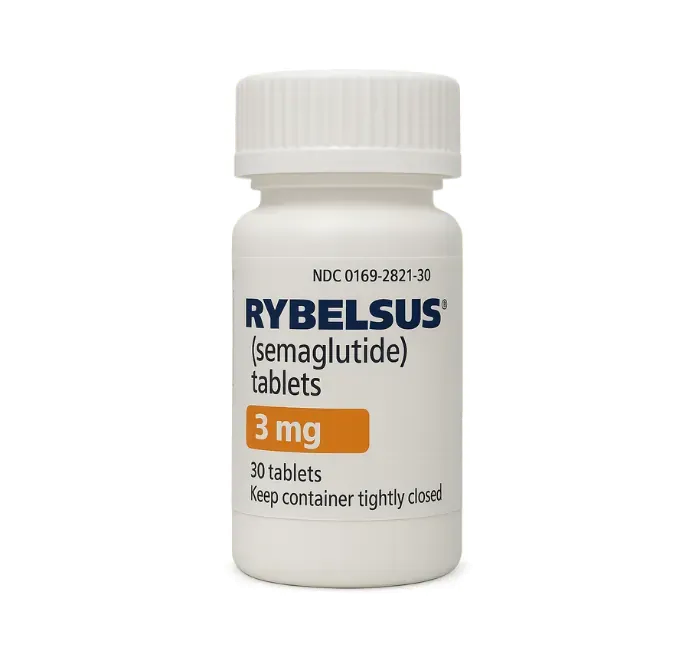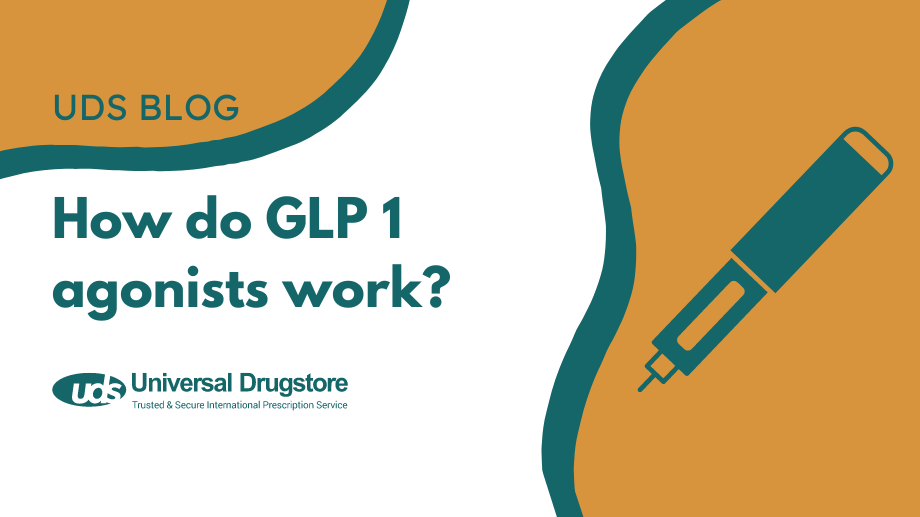Ozempic dosing guide from UDS

Ozempic (semaglutide) is a once-weekly injectable glucagon-like peptide-1 (GLP-1) receptor agonist. It is FDA-approved, along with a healthy diet and increased physical activity, to treat type 2 diabetes in adults. It is also used to reduce the risk of serious cardiovascular and kidney problems in certain people. The active ingredient, semaglutide, is sold at a higher dose as a weight loss medication under the brand name Wegovy.
Ozempic can commonly cause gastrointestinal-related side effects like nausea, vomiting, diarrhea, abdominal pain, and constipation. To help minimize this, your healthcare provider will start you at a low dose and then gradually increase it over a few months, if needed. They will ultimately find the smallest maintenance dose that keeps your blood sugar levels within the normal range.
Knowing the typical Ozempic dosing schedule is important so you know what to expect. Keep reading to learn this and other important information about this GLP-1 weekly injection.
What is the dosing schedule of Ozempic?
Ozempic is available as a pre-filled pen. It is a once-weekly subcutaneous injection you can use under the skin of your abdomen, thigh, or upper arm. You can inject Ozempic at any time of day, with or without food.
The typical starting dose of Ozempic is 0.25 mg once weekly. This weekly dose will not have much, if any, effect on your blood glucose (sugar) levels. It is used to help your body get used to the medication so you have fewer side effects. Your provider will increase your dose every 4 weeks until you get to a maintenance dose that works for you.
To find the most effective Ozempic dosage, your provider will likely use a once-weekly dosing schedule that may look like the following:
- Weeks 1–4: 0.25 mg injected once weekly
- Weeks 5–8: 0.5 mg injected once weekly
- If blood sugar is not controlled after 4 weeks on 0.5 mg, increase to 1 mg once weekly
- If still not controlled after 4 weeks on 1 mg, increase to 2 mg once weekly
- Maximum dose: 2 mg once weekly
For people with chronic kidney disease (CKD), your healthcare professional may recommend increasing the dose to 1 mg after at least 4 weeks at the 0.5 mg dose.
How long will my Ozempic pen last?
Ozempic comes in three different prefilled pens that deliver specific doses – 0.25 mg and 0.5 mg (red pen), 1 mg (blue pen), and 2 mg (yellow pen). The first pen you use contains 6 doses (four 0.25 mg and two 0.5 mg) and will last 6 weeks. The other pens each contain 4 doses and will last 4 weeks.
What should you do if you miss a dose of Ozempic?
If you miss a dose of Ozempic, take the missed dose as soon as possible if it is within 5 days. If more than 5 days have passed, skip the missed dose and take your next dose on your regularly scheduled day. Do not inject 2 doses within 48 hours of each other.
Shop Medications
What are the side effects of Ozempic?
The most common side effects of Ozempic include:
- Nausea
- Vomiting
- Constipation
- Diarrhea
- Abdominal pain
- Injection site reactions
- Weight loss
Rarely, Ozempic may cause more serious side effects such as:
- Severe allergic reactions
- Increased risk of certain thyroid tumors like medullary thyroid carcinoma (MTC)
- Increased risk of multiple endocrine neoplasia syndrome type 2 (MEN 2)
- Pancreatitis (inflammation of your pancreas)
- Diabetic retinopathy or vision changes
- Low blood sugar (hypoglycemia) if used with other diabetic medications
- Worsening kidney function
- Gallbladder problems like gallstones
Contact your healthcare professional for medical advice about any adverse effects you experience while taking Ozempic. You can report adverse effects to the FDA at 1-800-FDA-1088 or www.fda.gov/medwatch.
What is Ozempic used to treat?
- Manage blood sugar levels in adults with type 2 diabetes (T2DM)
- Reduce risk of serious cardiovascular events in adults with T2DM and known heart disease
- Lower risk of kidney disease worsening, kidney failure, and death in adults with T2DM and CKD
Ozempic is sometimes used off-label to treat obesity in certain people.
Are there any dosage adjustments needed for certain conditions?
Certain conditions do not typically require Ozempic dose adjustments. If you have liver or kidney problems, no adjustment is usually needed. However, if you experience vomiting or diarrhea, your provider may monitor kidney function when increasing your dose.
If you take other diabetic medications while on Ozempic, you may need to adjust those doses to prevent low blood sugar. Monitor your blood sugar levels closely to ensure proper dosing.
Sources
- Ozempic (semaglutide) injection, for subcutaneous use. Novo Nordisk. Last updated 1/2025. Accessed May 4, 2025.
